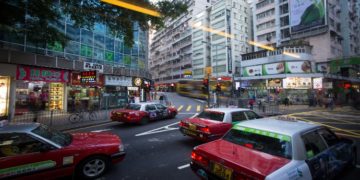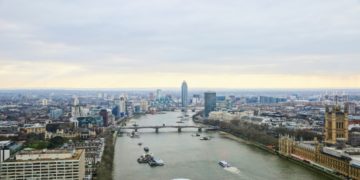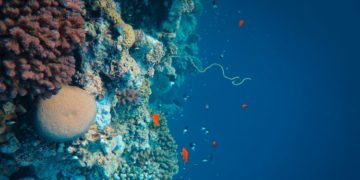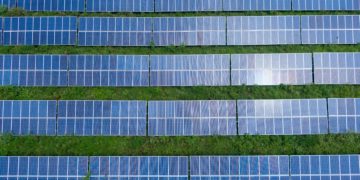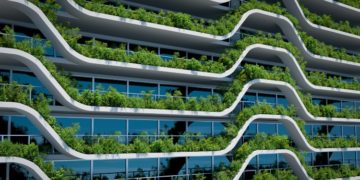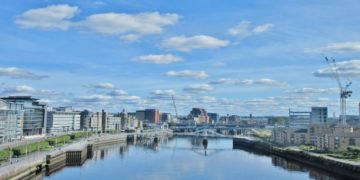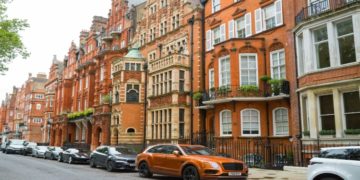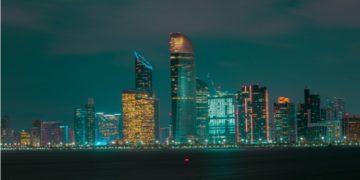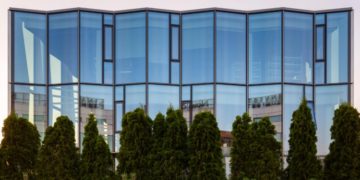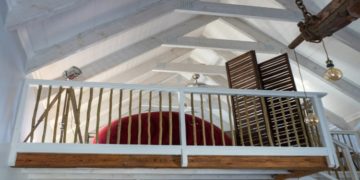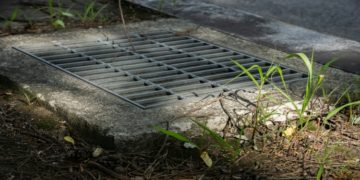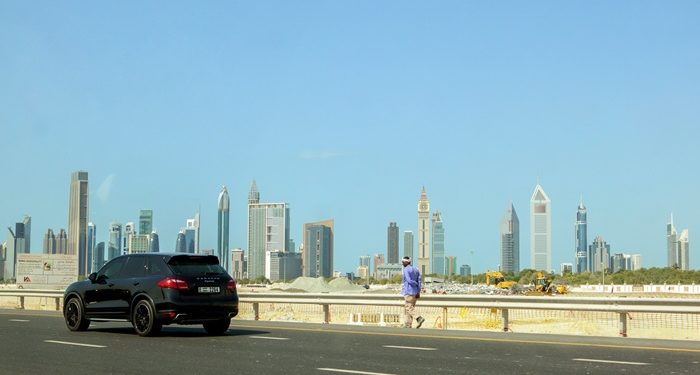With a rental car, traveling around Dubai is convenient, and you can readily explore its stunning views and sights. Palm Jumeirah is perhaps the city’s most renowned landmark-a masterpiece of engineering that symbolizes luxury and ingenuity. This human-made island, palm-shaped, is not just an engineering wonder of modern building but also a world-class resort destination of luxury resorts and beautiful beaches.
Palm Jumeirah is the largest of Dubai’s three Palm Islands, alongside Palm Jebel Ali and the Dubai Islands. These man-made islands were created to extend Dubai’s coastline, providing additional space for residential, commercial, and leisure developments. Palm Jumeirah is divided into three main sections: the trunk, the fronds, and the outer crescent. Each of the three zones serves a distinct purpose-the trunk holds a mix of residential and commercial buildings, the fronds are scattered with luxury villas, while the outer crescent holds luxury resorts.
Construction and Engineering
Palm Jumeirah was built in 2001 and completed by Dutch dredging company Van Oord. The project involved dredging more than 120 million cubic meters of Persian Gulf sand and using more than 7 million tons of rock from the Hajar Mountains to build the island and its protecting breakwater. Desert sand was not accepted due to its inability to settle in water.
Vibro compaction methods were used to further stabilize the sand and prevent liquefaction.
Important Construction Facts
- Materials: Primarily sand and rock, and no concrete or steel is utilized in the island foundation.
- Breakwater: A breakwater of 11 kilometers defends the island against strong waves.
- Stabilization: Vibro compaction was used to compact the sand and enhance stability.
Attractions and Features
Palm Jumeirah is famous for luxury amenities and natural landscapes. Places of interest are:
Luxury Resorts and Hotels
- Atlantis, The Palm: Located at the tip of the crescent, this mythic resort features an aquarium, water park, and range of dining options.
- Other Resorts: A number of top-notch hotels placed on the outer crescent feature better amenities and services.
Residential and Commercial Areas
- Trunk: Vibrant mix of apartments, shopping malls, and hotels.
- Fronds: Luxury residential villas offering privacy and stunning waterfront views.
Recreational Facilities
- Beaches: Tranquil sandy beaches along the fronds and crescent provide perfect spots for relaxation.
- Water Sports: There is enormous scope for snorkeling, diving, and other water sports.
Environmental Impact and Challenges
Despite all the extravagance, constructing Palm Jumeirah has proved to be environmentally troublesome, with reports of erosion of other coastlines, destruction of coral reefs, and temperature increase in water. There is also a tendency towards some stagnation of water with the lack of natural water currents. However, the island remains a tourist destination as well as for people to live.
Conclusion
Palm Jumeirah embodies Dubai’s vision of luxury and innovation. Its distinctive design and upscale offerings make it a must-visit destination for travelers worldwide. Whether you’re drawn by its pristine beaches, lavish resorts, or impressive engineering, Palm Jumeirah is an essential part of the Dubai experience.



















